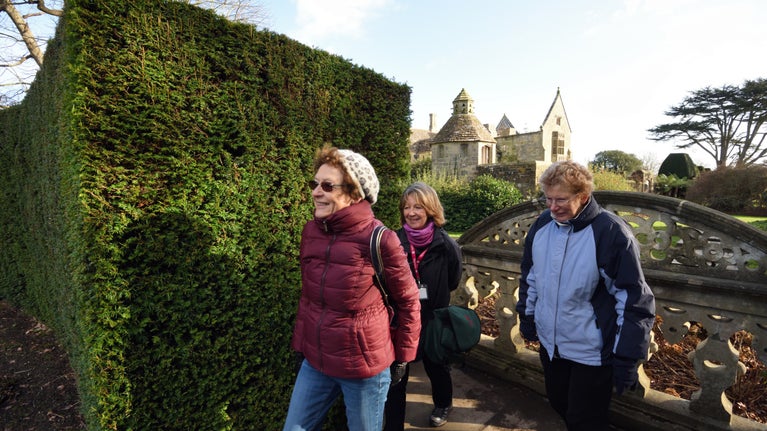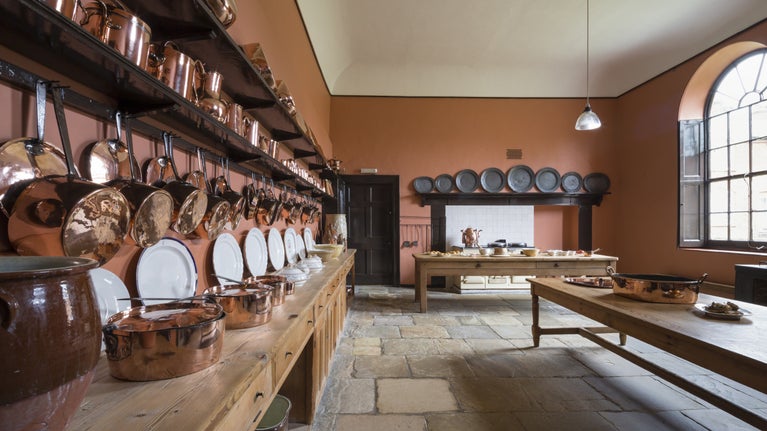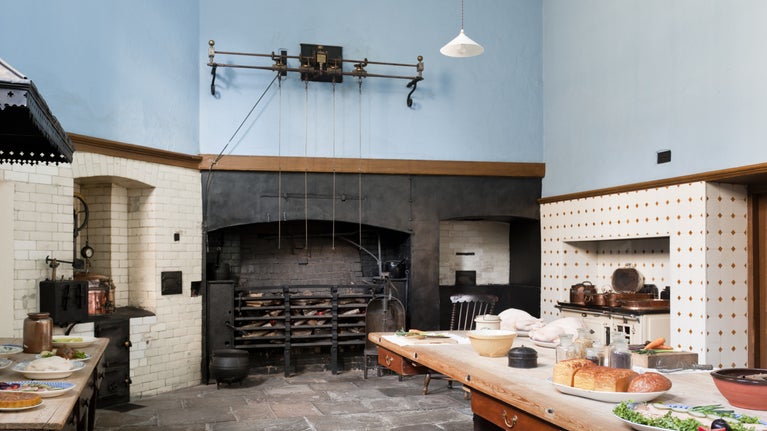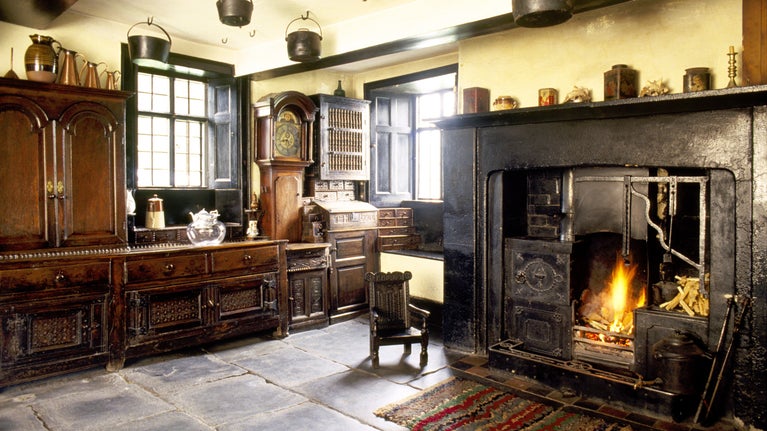
Where will you visit next?
Discover lots of gardens, historic houses, days out at the coast and more.

Kitchens were often thought of as the engine room of a historic house. Some that we look after have catered for royalty, others contain centuries-old stoves, pans and gadgets. Discover the best kitchens to visit and hear stories from the cooks and maids who worked in them.



Discover lots of gardens, historic houses, days out at the coast and more.
Visit the best kitchen gardens around the UK. Growing fresh fruit, vegetables and herbs, these busy kitchen gardens are rich in history, and some of their produce is still served in our cafés.

Have you ever imagined what life was like for a servant in a country house? Wander round sculleries, pantries and servants’ quarters to uncover their stories.

Learn how innovations in country house communication technology, from sprung bells to early telephones, transformed the ways servants could be called upon.

As fashions change over the eras, so do our homes. Explore the history of British interior design and learn about the centuries of design innovation at the places we care for.
